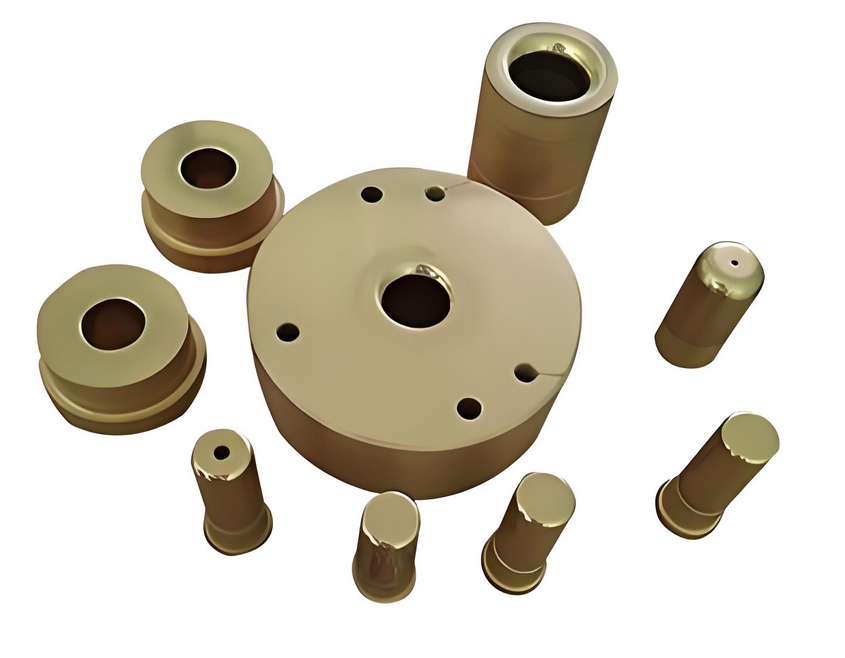PVD (Physical Vapor Deposition) coatings, an advanced technology for depositing thin films on the surface of various materials, are widely used due to their superior performance characteristics. But have you ever wondered, how long do these coatings generally last? In this article, we will explore the factors that influence the lifespan of PVD coatings and provide you with a better understanding of their durability.

What is PVD Coating?
PVD is a surface treatment technology that forms a uniform and dense film on the surface of a substrate by evaporating or sputtering source materials in a vacuum environment. PVD coatings offer excellent properties such as high hardness, corrosion resistance, wear resistance, and high-temperature resistance. They are widely used in industries such as aerospace, automotive, medical, and electronics.
Factors Affecting PVD Coating Lifespan
The lifespan of a PVD coating depends on several factors, including the type of coating material, the application environment, the coating thickness, and the quality of the coating.
1. Coating Material: Different PVD coating materials have different performance characteristics, thus affecting their lifespan. For example, titanium alloy coatings have good corrosion resistance and wear resistance but relatively poor high-temperature resistance; while chrome coatings have excellent high-temperature resistance and corrosion resistance but relatively lower wear resistance.
2. Application Environment: The lifespan of PVD coatings varies depending on the application environment. For instance, in extreme environments with high temperatures, high pressures, and high wear, the lifespan of the coating will be correspondingly shorter; while in relatively mild environments, the coating will last longer.
3. Coating Thickness: The thickness of the PVD coating also affects its lifespan. Generally, thicker coatings have better wear resistance and corrosion resistance, but high-temperature resistance may decrease. Therefore, when choosing the coating thickness, it is necessary to balance the specific application requirements.
4. Coating Quality: The quality of the PVD coating directly affects its lifespan. High-quality coatings have better uniformity and density, thus lasting longer.
Maintenance and Care of PVD Coatings
Although PVD coatings have excellent performance, proper maintenance and care are still crucial. Here are some maintenance and care suggestions:
1. Avoid Violent Impact and Wear: PVD coatings have certain wear resistance, but they can still be damaged by violent impact and wear. Therefore, avoid such situations during use.
2. Prevent Chemical Corrosion: PVD coatings have a certain resistance to corrosion, but they can still be corroded by certain chemicals. During use, avoid contact between the coating and corrosive chemicals.
3. Regular Cleaning: Keeping the coating clean helps extend its lifespan. Regularly clean the surface of the coating to prevent dust, oil, and other impurities from damaging it.
4. Avoid High-Temperature Environments: Different PVD coatings have different high-temperature resistance, so when using them in high-temperature environments, choose the right product based on the type of coating.
Conclusion:
The lifespan of PVD coatings is influenced by various factors, including the coating material, application environment, coating thickness, and coating quality. With proper use and maintenance, PVD coatings can fully utilize their excellent properties and provide long-lasting protection for various materials. Understanding the factors that affect the lifespan of PVD coatings helps us better choose and use coating products, thereby improving the lifespan and performance of materials.





 Customer service 1
Customer service 1  Customer service 2
Customer service 2